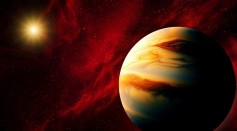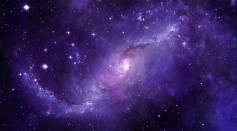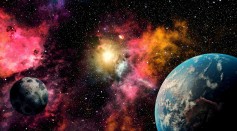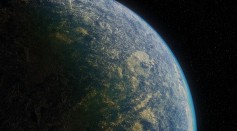planets

Binary Star Systems: Can They Teach Us How Planets Form?
Protoplanetary Disks Around Tiny Stars Are Chemically Distinct From Those Surrounding the Sun, May Influence Atmosphere of Forming Planets
Sat-Nav in Space: Best Route Between Two Worlds Calculated Using 'Knot Theory' [Study]
Stellar Appetites Unveiled: Twin Star Studies Shed Light on the Frequency of Stars Devouring Their Planets
James Webb Telescope Spots Complex Organic Molecules Near Forming Stars, Revealing Planetary Origins
Aliens Stuck in Their Own Planets? New Study Argues That Physical Limitations Could Be Trapping Extraterrestrial Life, Drake Equation Could Be Insufficient
Venus-Mars Conjunction Happening Soon: Here's How To Catch the Two Planets Side by Side

Distant Giant Planets Begin as Flattened Disks, Transforming into Round Shapes Over Time

Earth Was Once Flat 'Like a Smartie' Before Adopting Its Modern Spherical Shape, Researchers Suggest
Primordial Black Holes May Alter Earth’s Orbit, Cause Planets and Moons Near Us to Wobble

Why Study Space? Top 4 Reasons How It Enhances Understanding of Life on Earth

Five Rocky Planets Might Be Existing in the Outer Bounds of the Solar System, New Research Suggests
New Image of Neptune Shows It Has Similar Color to Planet Uranus

Alien Life Could Be Indicated by Low Carbon Dioxide Levels on Distant Planets; NASA's James Webb Telescope at the Helm
Most Popular

Innovative BLAST Patch Could Stop Skin Infections with Harmless Electric Currents

The Pompa Program: A New Model in Thyroid Wellness

Cold, Not Heat, Caused Mass Extinction 201.6 Million Years Ago: New Study

Why It's So Difficult to Lose Weight: The Biological Explanation Behind Obesity





